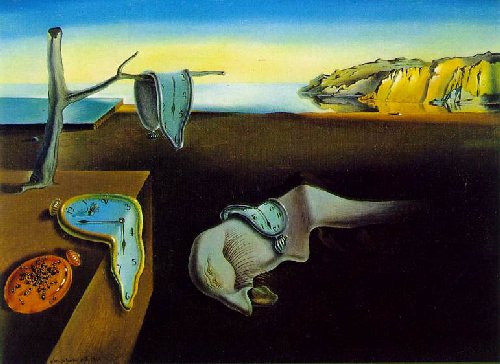kulbhushan who?
a stöckli, for those who — like me — aren’t residents of switzerland, is an agricultural building. apparently, the name derives from the german term for a construction made of stone. so, if i were editor of the graphic novel anthology when kulbhushan met stockli, one of the first things i’d do would be to introduce a bit of basic grammar to the proceedings. but, that’s just me.
the current editor, someone called anindya roy, presumably landed the job because (a) he came up with the idea; (b) he was co-founder of phantomville, a ‘graphic novel company’. both possibilities render him incapable for the task at hand, for a number of reasons. firstly, we’re told, ‘there was no brief given, except this: avoid the simple travelogue style where one takes a camel ride, has diarrhoea, then gets pick-pocketed…instead, the authors were asked to look a layer deeper.’
when asked to look a layer deeper — whatever that means — writers and illustrators tend to stumble in the dark. some work turns out to be competent, because some contributors are professionals. a lot of it, sadly, falls between the cracks.
initiated and financed by the swiss arts council, this book aims to ‘open the psychic core of cities in switzerland and india’, thereby constructing ‘a conversation channel between the two’. what we end up with is a bunch of stories focusing either on cricket in delhi, the dreaded delhi belly, mehendi workers in delhi, or references to bollywood shoots on swiss mountainsides.
there is a certain amount of good work; not enough to warrant the destruction of more trees (a reprint), but enough to sacrifice some shrubbery to. swiss contributor christophe badoux (we aren’t told who he is, so one assumes he was found sketching outside the airport at delhi and asked to come on board) gives us an interesting opening story on, um, cricket and delhi. also interesting is orijit sen’s stories set in a corner of zurich. we aren’t told who he is either, but that may be rectified some day, by a more helpful editor.
the big failure, eventually, is this reduction of india to a few streets of our capital. the one fairly collaborative work, the black hole and other news, comes via samrat choudhury, esther banz, fahad faizal and sunaina coelho. using the epistolary format, the foursome exchange textual and visual notes. much of it may be lost in translation — will swiss readers understand the maharashtra navnirman sena when we, in india, haven’t? — but the work is interesting. also intriguing is the contribution by vishwajyoti ghosh. titled the lost ticket, he uses everything from sepia-tinted photographs to newspaper ads for escort services to create something unique. in the process, he helps create a genuine process of exploration, and is possibly the only contributor to ‘look a layer deeper’.
the aim of this collaboration, apparently, is to ‘generate interest in the graphic novel form in artists and readers in both countries.’ they’ll just have to try harder.

